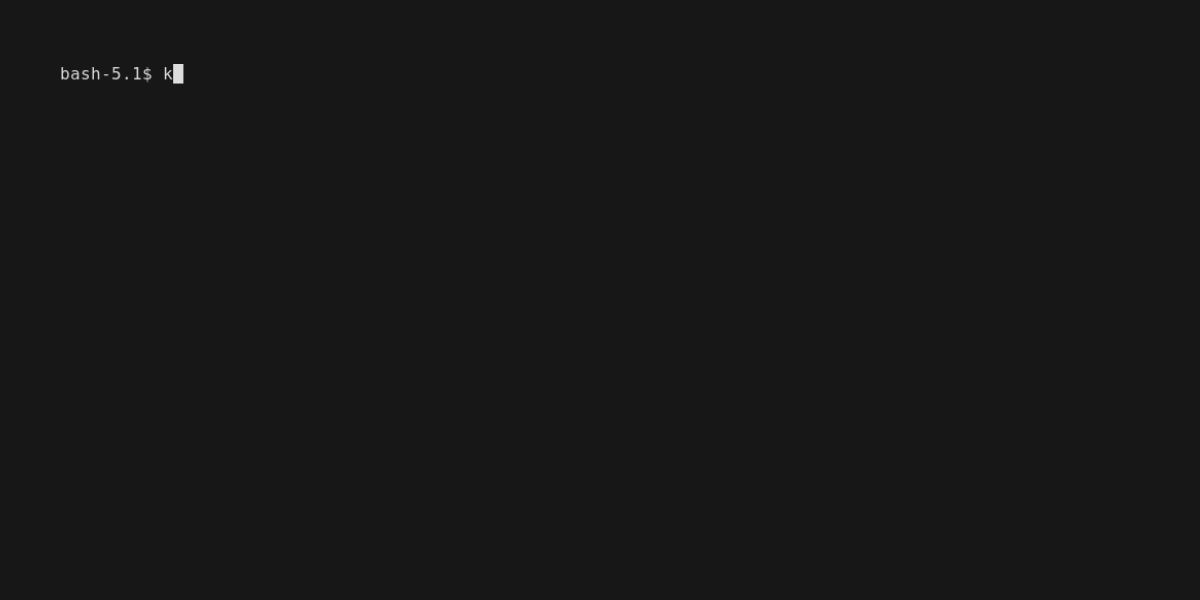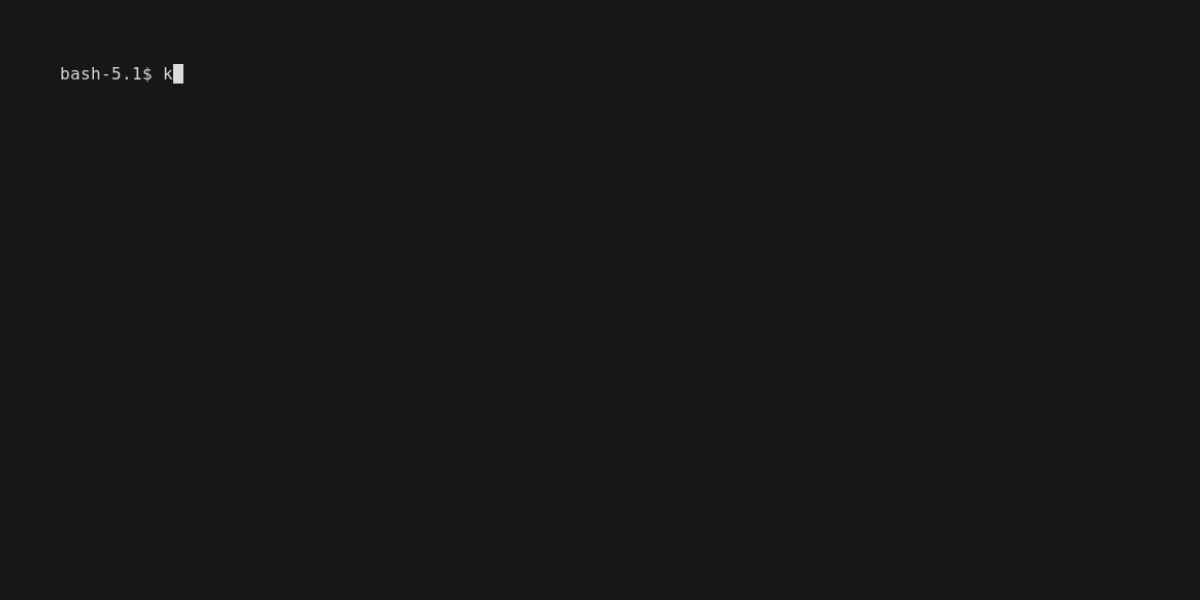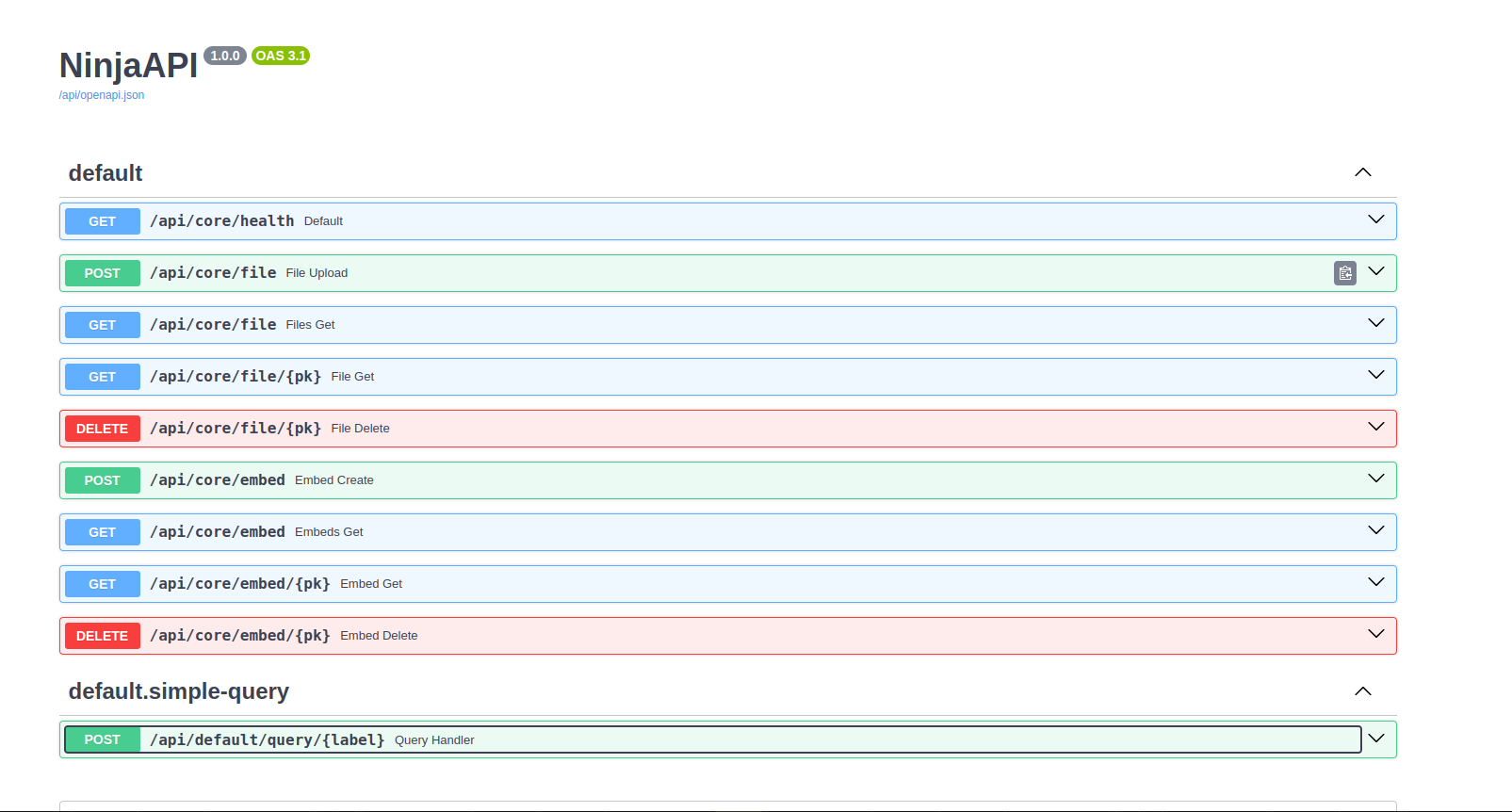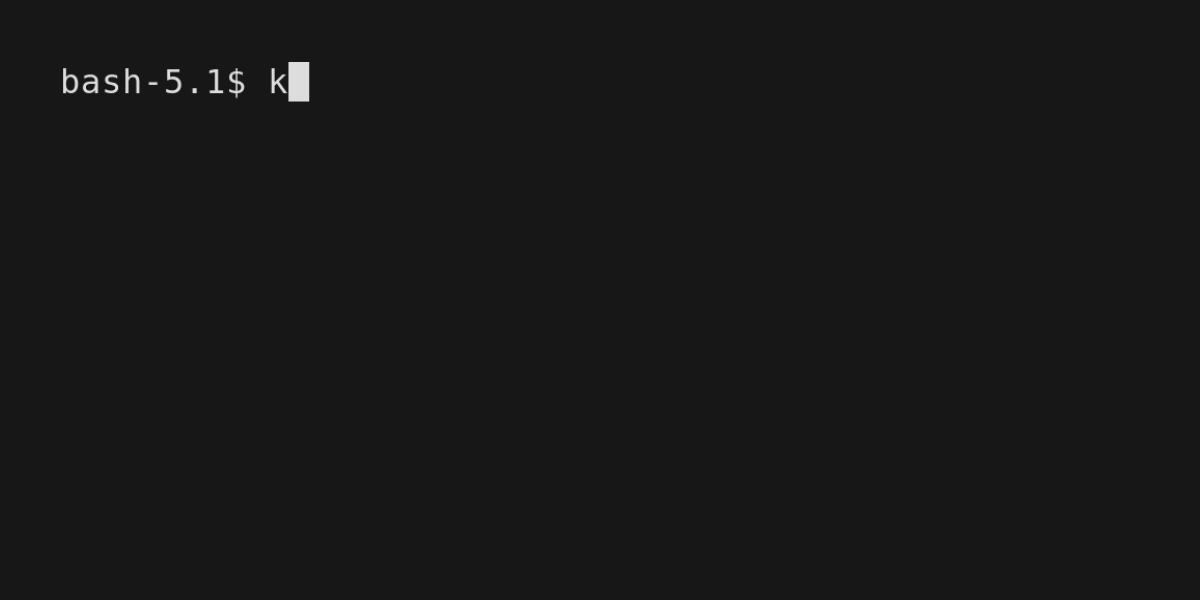Quickstart¶
📚 Quickstarts¶
Quickstarts are your recipes to quickly get up and running with KitchenAI. Follow these simple steps to get started, whether you’re building with the llama-index starter or another project.
🏗️ Anatomy of a KitchenAI App¶
Every KitchenAI app starts with two essential files:
app.py: Your application logic.requirements.txt: Your dependencies.
🔜 Coming Soon: Support for structured application packages instead of just a single
app.pyfile.
🐾 Quickstart with Llama-Index Starter¶
1️⃣ Export Your OpenAI API Key¶
KitchenAI uses OpenAI as the default LLM provider. Set your key in the environment:
export OPENAI_API_KEY=<your-key>
export KITCHENAI_DEBUG=True
🌟 You can swap OpenAI for other providers as needed!
2️⃣ Install KitchenAI¶
Set up a virtual environment and install KitchenAI:
python -m venv venv && source venv/bin/activate && pip install kitchenai
3️⃣ Browse and Select Projects¶
List and select a starter project, such as the llama-index starter:
kitchenai cook list && kitchenai cook select llama-index-starter && pip install -r requirements.txt
📸 List available projects:

4️⃣ Initialize the Environment¶
Run the following commands to initialize and start your KitchenAI server:
kitchenai init && kitchenai dev --module app:kitchen
📸 Spin up your API server in seconds:

📸 Explore your auto-generated OpenAPI docs:

5️⃣ Build a Docker Container¶
Package your application into a Docker container:
kitchenai build . app:kitchenai
📸 Effortlessly containerize your application:

Your container will be named kitchenai-app.